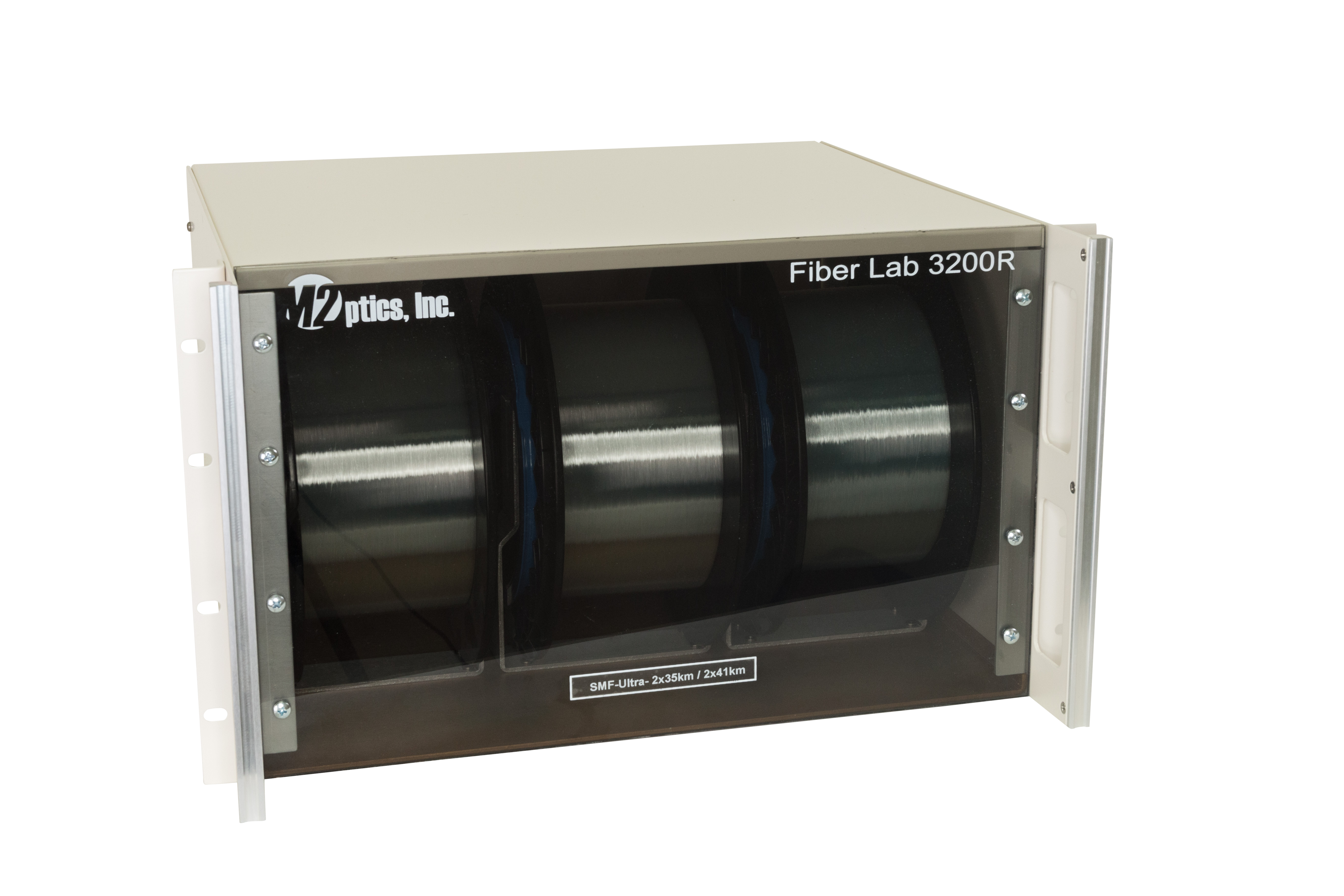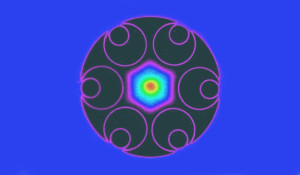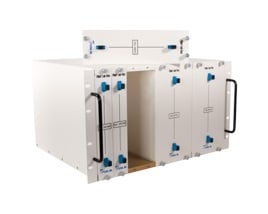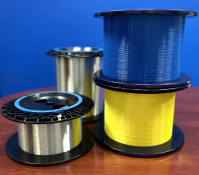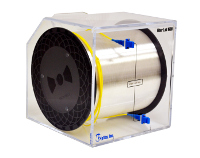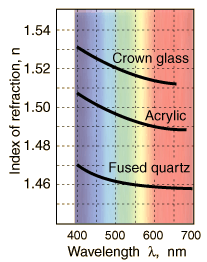We’ve recently written about the importance of simulating submarine fiber networks in a lab environment for testing and training purposes, while highlighting the history and shifting investment dynamic in this arena. A visit to Submarine Cable Map offers an interactive view of the breadth of fiber cabling crisscrossing the oceans of the world, demonstrating its critical importance to global communications.


